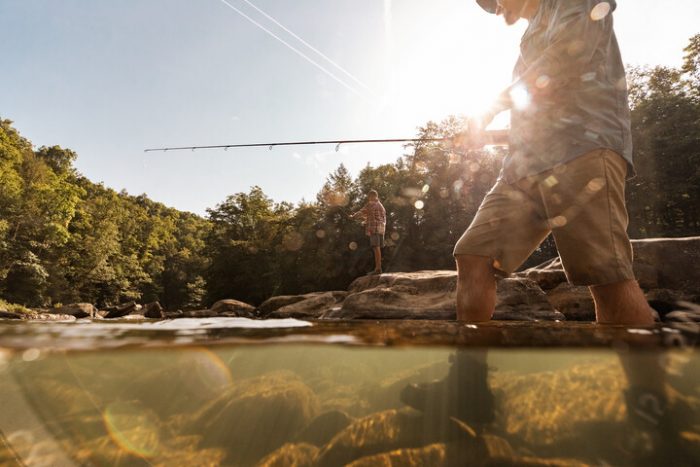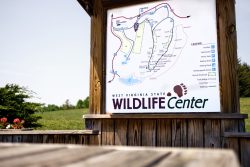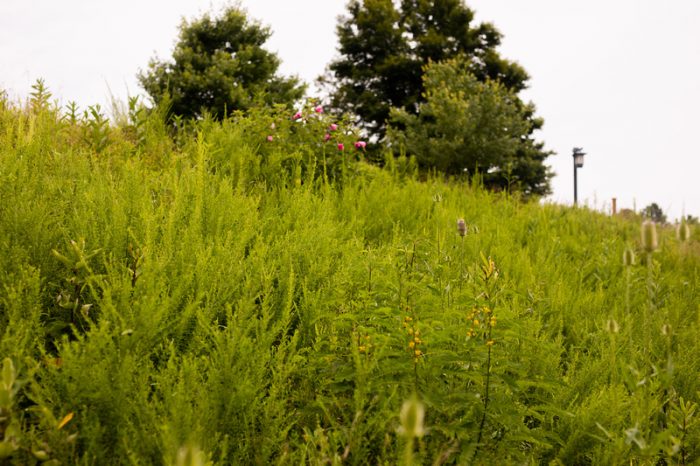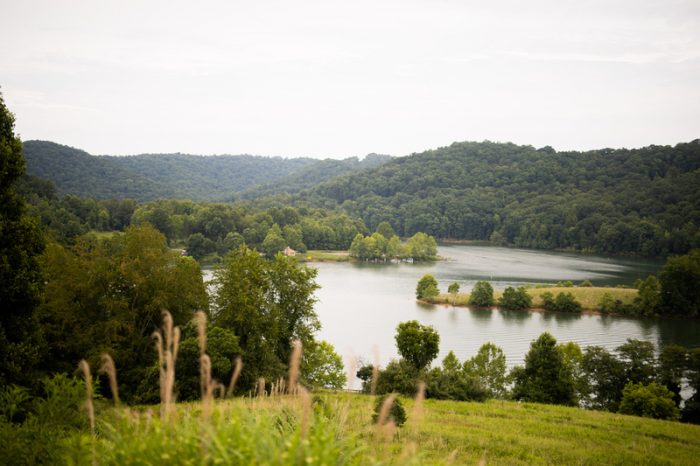Exotic Species
Exotic species are species of plants and animals that did not occur naturally in the U.S. prior to colonization by Europeans in the 1600s. Since that time, thousands of species have been brought to this country for a variety of purposes including food, pets, and nursery stock and some have been introduced without an invitation. Most of these species of plants and animals do not create any problems for our native species. Unfortunately, some of these species can live outside of cultivation or captivity and compete with our native species for space. The species that can invade our natural areas and displace native species are called invasive species. In addition, the movement of native species from one location to another can be problematic. Species that were once isolated now must compete with newcomers and sometimes they lose the battle.
Because the problem of invasive species has become so severe, a consortium of government agencies and universities formed the West Virginia Invasive Species Working Group (WVISWG). The group meets twice a year to share information about projects and problems relating to invasive species. The group is chaired by the West Virginia Department of Agriculture (WVDA). WVDA is primarily interested in invasive plants and insect pests and pathogens that harm agricultural crops. Some of the more familiar pests include Japanese beetle and spotted lantern fly, hemlock wooly adelgid and gypsy moth and fungi and insect tree diseases such as dutch elm and chestnut blight.
There are also two additional regional working groups in the state of West Virginia: Potomac Highlands Cooperative Weed and Pest Management Areas (PHCWPMA) (phcwpma1@gmail.com) and Rivers and Gorges Cooperative Weed and Pest Management (RGCWPMA) (riversgorgescwpma@gmail.com). These groups are similarly composed of state, federal, and university biologists and subdivided into educational and research sections which meet quarterly to discuss common invasive species problems in their region. Traditionally, these two groups have been primarily involved with terrestrial invasive plants and been concerned with the impacts of these invasive plants to native wildlife, landowners and entire ecosystems. Invasive species not only outcompete native species and, but they can even introduce disease such as chytrid and Rana virus to amphibians, snake fungal disease to rattlesnakes, and whitenose syndrome to bats.
Invasive Species
However, West Virginia also has aquatic invasive species. Didymo, a microscopic algae, produces large amounts of stalk material that form thick brown mats on stream bottoms suffocating everything in its path. It covers and suffocates trout eggs which results in fewer trout and less fishing opportunities. Aquatic invasive plants can be categorized as submerged and grow underwater (parrotfeather); emergent and grow in shallow water (watercress) or be floating with most leaves and plant tissue on the water surface (water chestnut). Invasive plants can also be found in wetlands (Phragmites and purple loosestrife). West Virginia also has aquatic invasive molluscs (zebra mussels and Asian clams), crayfish (rusty and virile) and aquatic invasive fish (Asian carp). Invasive species threaten aquatic habitats and species biodiversity and recreational opportunities, and they spread easily and rapidly and can quickly take over an area. The spread of aquatic invasive species can greatly impact aquatic recreational opportunities especially fishing and boating. Therefore, it is very important to clean and disinfect all gear (boots, boats, 4-wheelers etc.) after use each use and when moving between water bodies. Also, live or dead organisms should not be moved from one body of water to another.
WVDNR biologists are working with Master Naturalist citizen scientists to help control invasive plants in West Virginia’s state parks and forests. Projects to date include mapping invasive species along hiking trails at Blackwater Falls State Park; physically pulling Japanese barberry and garlic mustard at North Bend State Park and controlling Oriental bittersweet vines at Cacapon Resort State Park. These projects are ongoing with the prospect of WVDNR developing additional projects with more Master Naturalist chapters at additional West Virginia State Parks in the future.
View the West Virginia Invasive Species Strategic Plan and Voluntary Guidelines.





